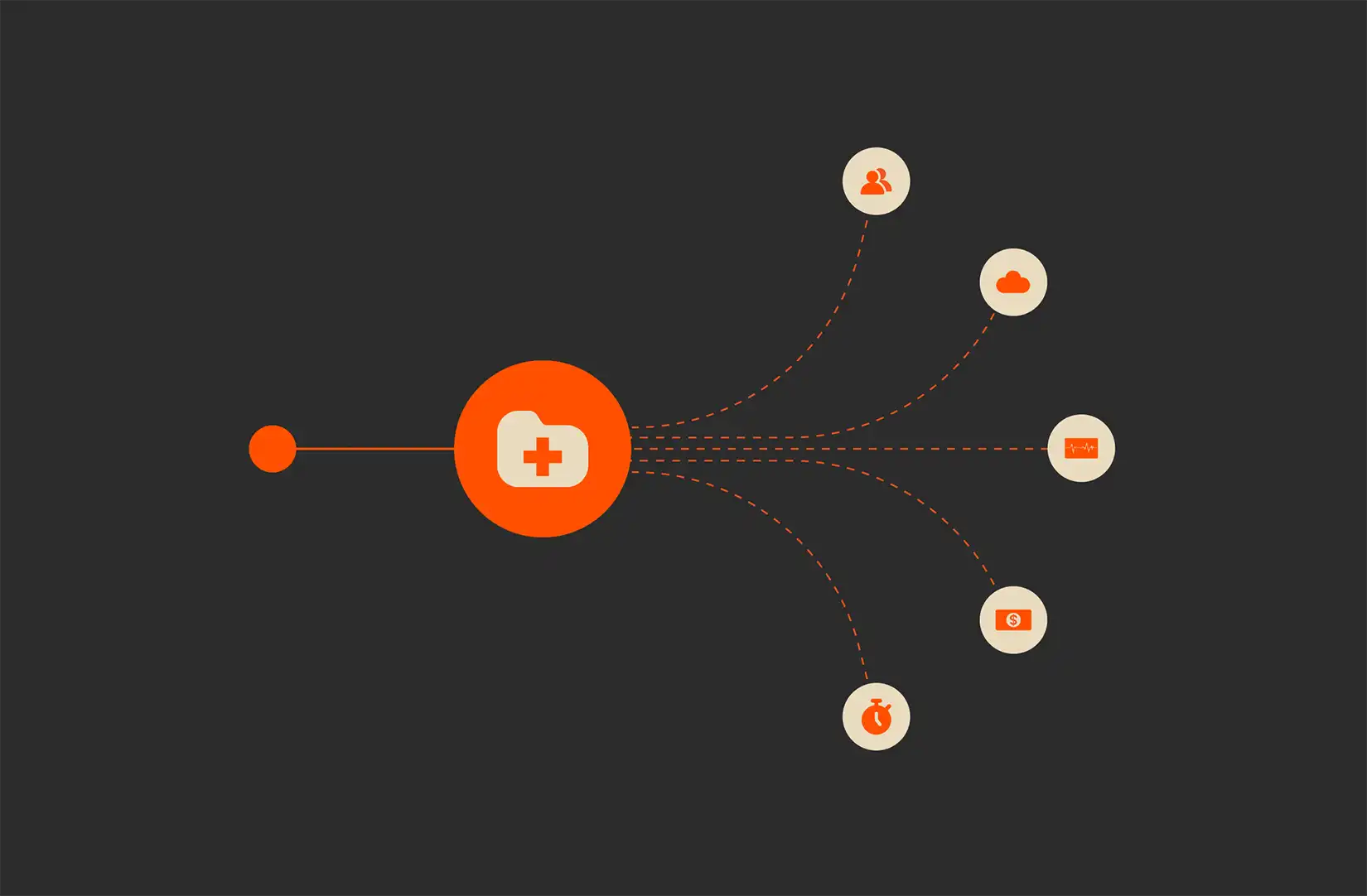Storage purchasing negotiations are a complex dance, with the customer and their procurement department pitted against the vendor and their sales management. Both sides use a combination of complex math, forecasting and rationalization to bargain for a better deal, but the deal often devolves into haggling over a simple $/GB price for commodity storage. The problem is, $/GB raw isn’t good for the customer, it isn’t good for the vendor either, and it’s an increasingly useless metric in modern storage architectures.
Here’s why:
$/GB Raw: You Get What You Pay For
The typical customer will beat up a vendor over a hard-line $/GB price… so how does that vendor react? The vendor turns to a series of obfuscations to make the $/GB of their storage look as low as possible. They under-scope the solution, from a performance and/or capacity perspective. What the customer finds here is that the low price they paid was indeed too good to be true, and they have to go back to that vendor for costly expansions and upgrades that rapidly balloon the cost of the storage.
The other problem is that $/GB raw is deceiving, because most customers can’t really use all that storage they think they’re buying anyway. By the time they’ve bought extra storage for RAID overhead, metadata storage, hot spares, factored in under-utilization to ensure they don’t run out of space, and bought more and more storage to store copies, replicas and backups, their end cost for an application is 3x, 5x, or even 8x more than the raw $/GB the vendor had originally quoted. Not to mention fancy new approaches like thin provisioning and deduplication, which make figures for $/GB raw almost completely useless in the first place.
A Little Better: $/GB Usable
To get over the confusion in $/GB raw pricing, the first and most obvious step is to move the negotiation to $/GB usable. You have an application, it is a certain size, and you know how much growth you expect in that application over the coming 4-year service life of the storage, and you know how you want it protected (RAID, snapshots, replicas, etc.). So, instead of asking for a quote on a $/GB raw commodity basis, ask for it on a project or application basis. Get the vendor to help you peer through all the confusion of the $/GB basis and ask for a quote that provides you all the usable storage you need for a given project. Make sure that quote includes everything:
- Enough space to handle protection via RAID and in-box redundancy
- Enough space to store all the copies and snapshots you plan to take
- Enough space for over-provisioning or short stroking to get the performance you need
- And enough headroom to accommodate your near-term growth plan
Push the vendor hard on whether they are under-scoping the estimates, and ideally hold them to a given utilization level of the storage via a contract. $/GB usable is indeed a great normalizer, as it forces the storage vendor to remove all their complex layers of obfuscation to show you how much storage your application will really consume, given their complex and unique product architecture. If you get two or three different quotes for $/GB usable, or $/project, then they finally become comparable.
A Lot Better: $/GB Operational
The better step in pushing for more transparent storage pricing is to push the vendor even harder to look at the true cost of ownership: $/GB operational. You see, it turns out that over a three to four year lifespan, a typical storage array will cost as much to support, power, cool and house as it does to initially acquire. With the rising costs of data center space and power/cooling, these costs absolutely need to be considered as part of the entire acquisition cost model for storage. In the past generation of storage these costs were somewhat a wash, as all storage consumed roughly the same amount of space/power, so this metric could be factored out of the equation. But in modern storage architectures that leverage flash memory as well as disk, different storage architectures can have a 5-10x difference in power and space usage, which has a huge impact on the bottom line.
The other thing that makes this element hard to model is that the cost of power/space isn’t just a function of the raw cost, but it is also a function of the size and constraints of your data center. As your data center gets close to being full, the cost of an incremental floor tile of space or watt of power increases asymptotically. And as you near the straw that breaks the camel’s back, it forces you to do an expensive data center expansion or build a new data center. When your data center is nearing its capacity, the incremental cost of space and power is enormous and should flat-out trump the acquisition cost of storage in your modeling. You should always do what you can to reduce power/space consumption, but there are times when you need to radically adjust your buying equation to take it into account.
The Bottom Line
So in summary, modernization of storage architectures requires a change in thinking around procurement strategies as well. It’s time as an industry to move beyond simple $/GB raw pricing and procurement and to push ourselves as vendors and customers towards a 360 degree view of storage costs that $/GB operational pricing and procurement afford.
Choose Your Path with Simplified Release Lines
Written By:
Pure in Byte-sized Form
Check out our show “Digital Bytes” where our hosts will educate you about Pure products and services!






